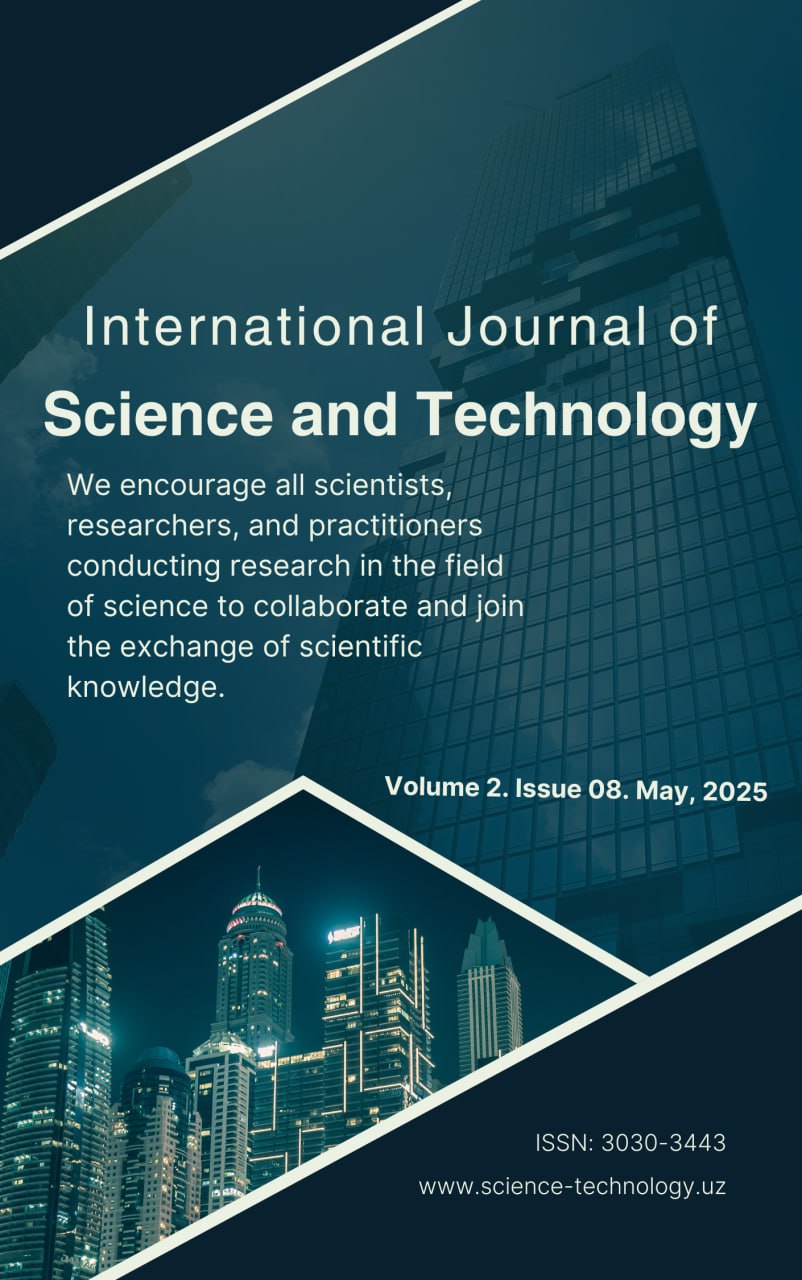Published 23-06-2025
Keywords
- pedagogical technologies, interactive education, modern methods, e-learning, gamification, problem-based learning, flipped classroom model, educational innovations, artificial intelligence, adaptive learning, blockchain technology, AR/VR.

This work is licensed under a Creative Commons Attribution-NonCommercial-NoDerivatives 4.0 International License.
How to Cite
Abstract
This article looks at how analyzes modern pedadogical technologies and their role in the educational process. Traditional teaching methods
are compared with modern innovative technologies, and the effectiveness of interactive approaches is highlighted based on statistical data.
The advantages and practical application of new methods such as e-learning, game-based learning, problem-based learning, and flipped
classroom are also discussed. The article also contains scientific and practical recommendations for the introduction of modern teaching
methods.
References
- Anderson, L. W., Krathwohl, D. R. (2001). A Taxonomy for
- Learning, Teaching, and Assessing: A Revision of Bloom’s
- Taxonomy of Educational Objectives. Longman.
- Mayer, R. E. (2021). Multimedia Learning (Third Edition).
- Cambridge University Press.
- Siemens, G. (2005). Connectivism: A Learning Theory for the
- Digital Age. International Journal ofInstructional Technology
- and Distance Learning.
- Weller, M. (2020). The Digital Learning Century: The Impact
- of Technology on Education. OpenUniversity Press.
- UNESCO (2022). The Future of Education: Global
- Perspectives on Digital Learning and Teaching.UNESCO
- Publishing.

